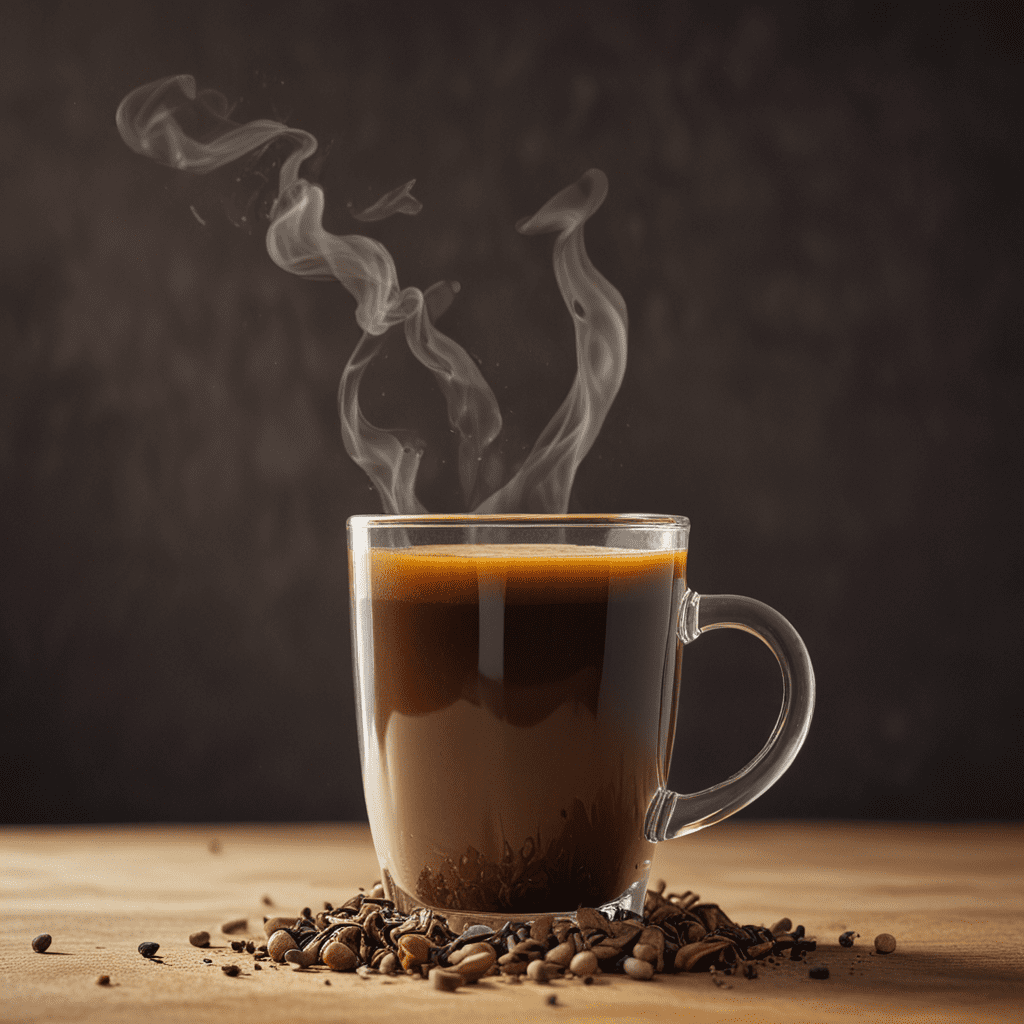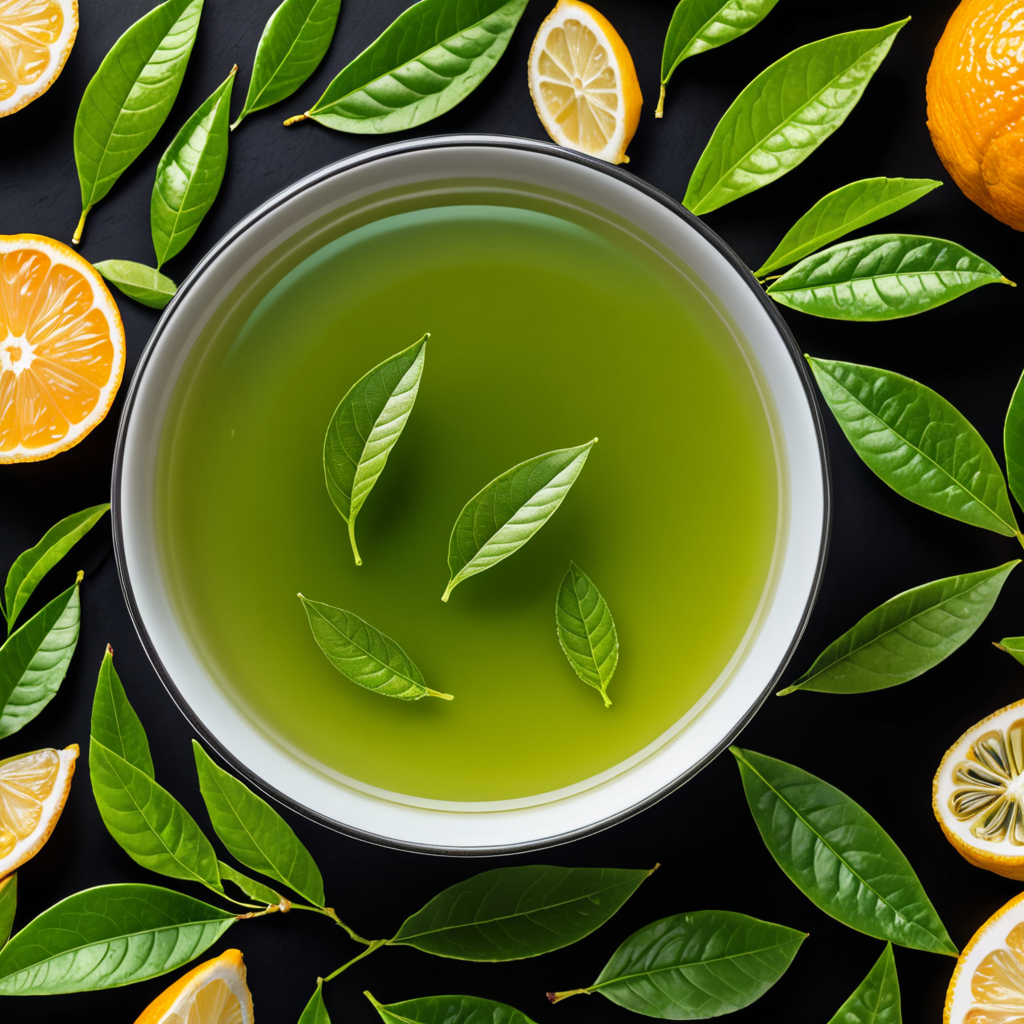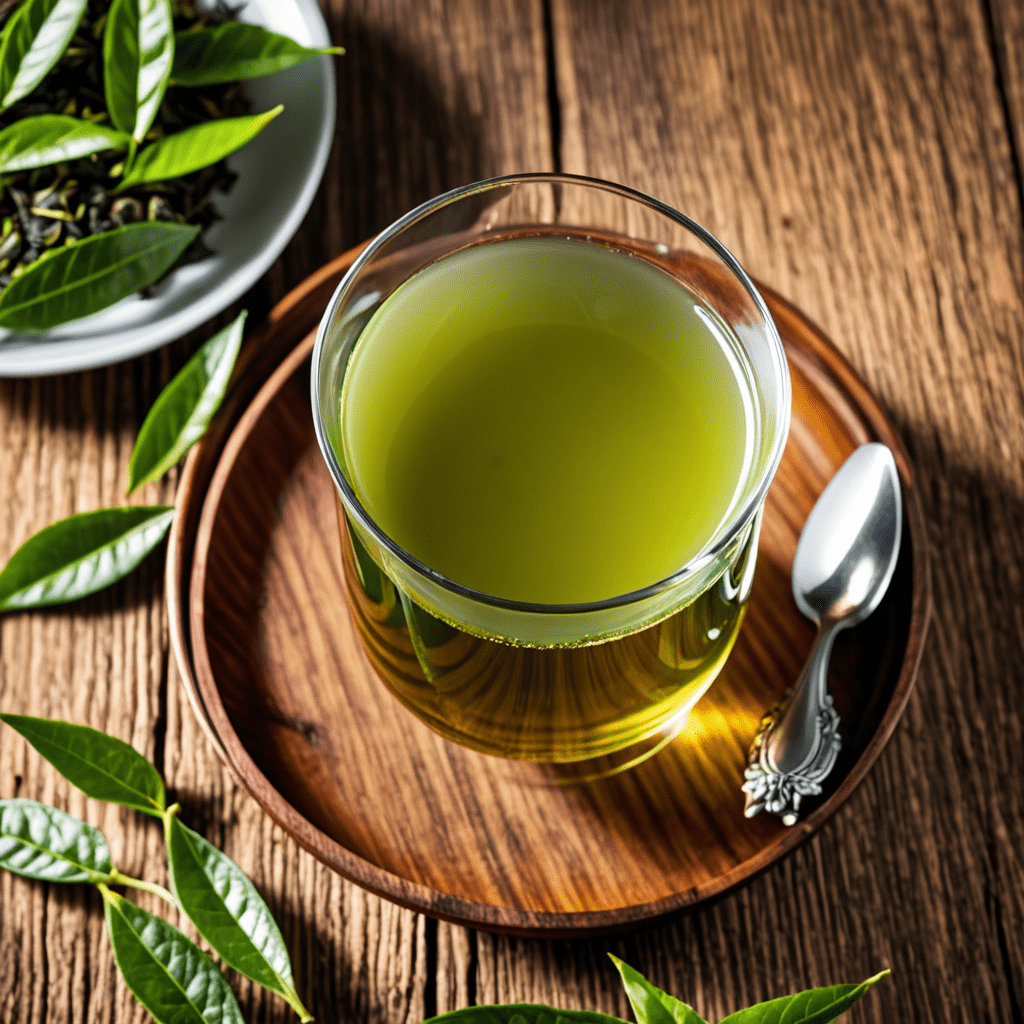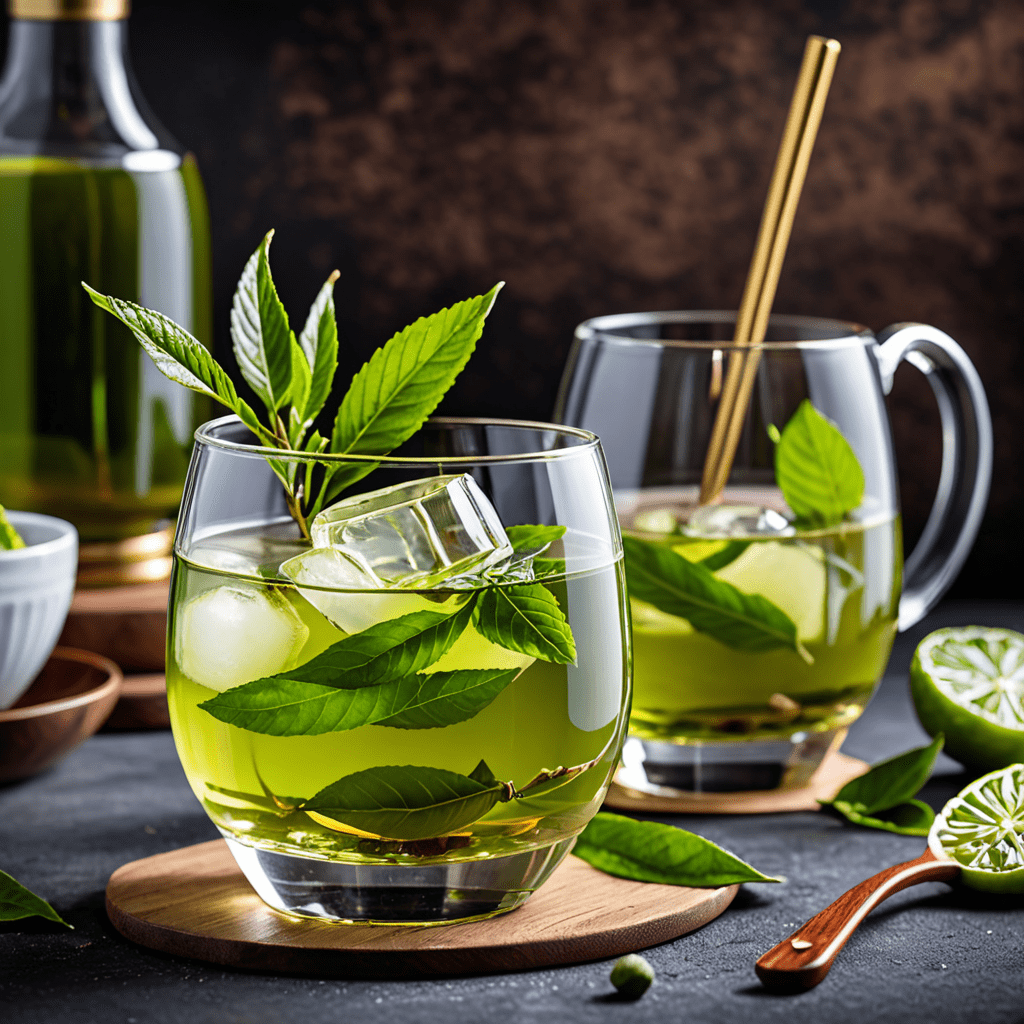Chai Tea: A Spicy Symphony in a Cup
Chai tea, an aromatic and flavorful beverage originating from the Indian subcontinent, has captivated tea enthusiasts worldwide with its unique blend of spices and invigorating taste. Its rich history and cultural significance have made it a beloved drink enjoyed in homes, cafes, and teahouses alike.
Origins and History of Chai Tea
The origins of chai can be traced back to ancient India, where Ayurvedic practitioners used a blend of herbs and spices for medicinal purposes. Over time, these concoctions evolved into the aromatic drink we know today as chai. The Portuguese introduced tea leaves to India in the 16th century, and the combination of tea with traditional spices led to the creation of chai tea as we know it.
The Aromatic Blend of Spices
Chai tea is characterized by its distinctive blend of spices. The most common spices used include cardamom, cinnamon, ginger, cloves, and black pepper. These spices impart a warm, spicy, and slightly sweet flavor to the tea. The exact combination and proportions of spices vary depending on regional preferences and individual tastes.
The Masala: A Balancing Act
The key to brewing a perfect cup of chai tea lies in the delicate balance of spices known as the masala. Masala is a blend of spices tailored to individual preferences and can include ingredients such as star anise, nutmeg, fennel, and coriander. The masala not only enhances the flavor of the tea but also contributes to its purported health benefits.
VI. Variations and Regional Differences
Chai tea is not only popular throughout India but also across other regions, where it has been adapted to local tastes and preferences. In Kashmir, for instance, a pink-tinted chai known as kahwah incorporates almonds, pistachios, and saffron into its blend. Iranian variations of chai often use black tea and a combination of cardamom, cinnamon, and rose petals to create a fragrant drink.
VII. Chai Lattes and Other Modern Adaptations
In recent years, chai tea lattes have become a ubiquitous menu item at coffee shops worldwide. Chai lattes combine the invigorating taste of traditional chai with the creamy smoothness of steamed milk. Other modern adaptations of chai include chai concentrates for home brewing, as well as chai-inspired desserts, baked goods, and even cocktails, showcasing its growing popularity and versatility.
VIII. Ritual and Ceremony in Chai Consumption
Chai has always had a ceremonial and social aspect in Indian culture. It is often prepared with care and attention and is traditionally shared with guests as a gesture of hospitality and warmth. In some parts of India, chai is made in large communal pots and served throughout the day as a symbol of communal bonding. The preparation and consumption of chai can thus evoke a sense of tradition and belonging.
IX. Chai as a Source of Comfort and Connection
Beyond its medicinal properties, chai tea has become synonymous with comfort and connection for many. Its warm and comforting aroma and taste evoke feelings of nostalgia, coziness, and conviviality. Whether shared among close friends or enjoyed in solitude, chai has the unique ability to foster moments of respite and connection, making it a cherished beverage across different cultures and generations.
X. The Enduring Appeal and Future of Chai Tea
Chai tea has withstood the test of time, remaining a beloved beverage worldwide for over a millennia. Its versatility as both a medicinal concoction and a comforting drink, as well as its ability to adapt to regional preferences and culinary innovations, has cemented its place in tea cultures across the globe. As chai continues to evolve and inspire modern-day creations, there is no doubt that its allure will continue to enchant tea enthusiasts for centuries to come.
FAQs:
– What's the difference between chai and spiced tea?
- Chai is a specific blended tea that originated in India, traditionally made with a blend of black tea and a variety of spices like cardamom, cinnamon, and ginger, giving it a distinct aroma and flavor profile that distinguishes it from other spiced teas.
– Can chai tea help you sleep?
- The caffeine present in black tea, which makes up the base for traditional chai, may hinder sleep. Some variations may incorporate soothing herbs, but it’s best to avoid chai if sleep disturbances are a concern or to opt for caffeine-free varieties.
– Is chai a good way to get antioxidants?
- The spices used in chai, like ginger and cinnamon, are known antioxidants; consuming chai tea is a flavorful way to potentially increase the intake of these compounds.
– Can chai help with digestion and nausea?
- Spices such as ginger and cloves, found in chai, are commonly used to promote digestion and alleviate stomach discomfort and nausea. Chai tea may provide relief in these situations, though more extensive research is required in this area.
– Can chai help lower cholesterol?
- Black tea and some of the herbs and spices present in chai, particularly ginger and cinnamon, contain compounds that have been found to have cholesterol-lowering properties and may be of benefit to maintaining healthy cholesterol levels.
– How do you prepare chai tea?
- Chai tea can be prepared using loose leaf tea or pre-blended tea bags, combined with spices such as cardamom, cinnamon, cloves, and ginger, boiled together with water and optionally milk or a milk alternative to taste.
– How can you customize the chai experience?
- The spices used can be customized to personal preference; experimenting with different proportions or introducing new flavors such as saffron can create unique variations. The amount of sweetness, if desired, or alternative sweeteners such as honey, can be tailored based on taste preferences as well.



